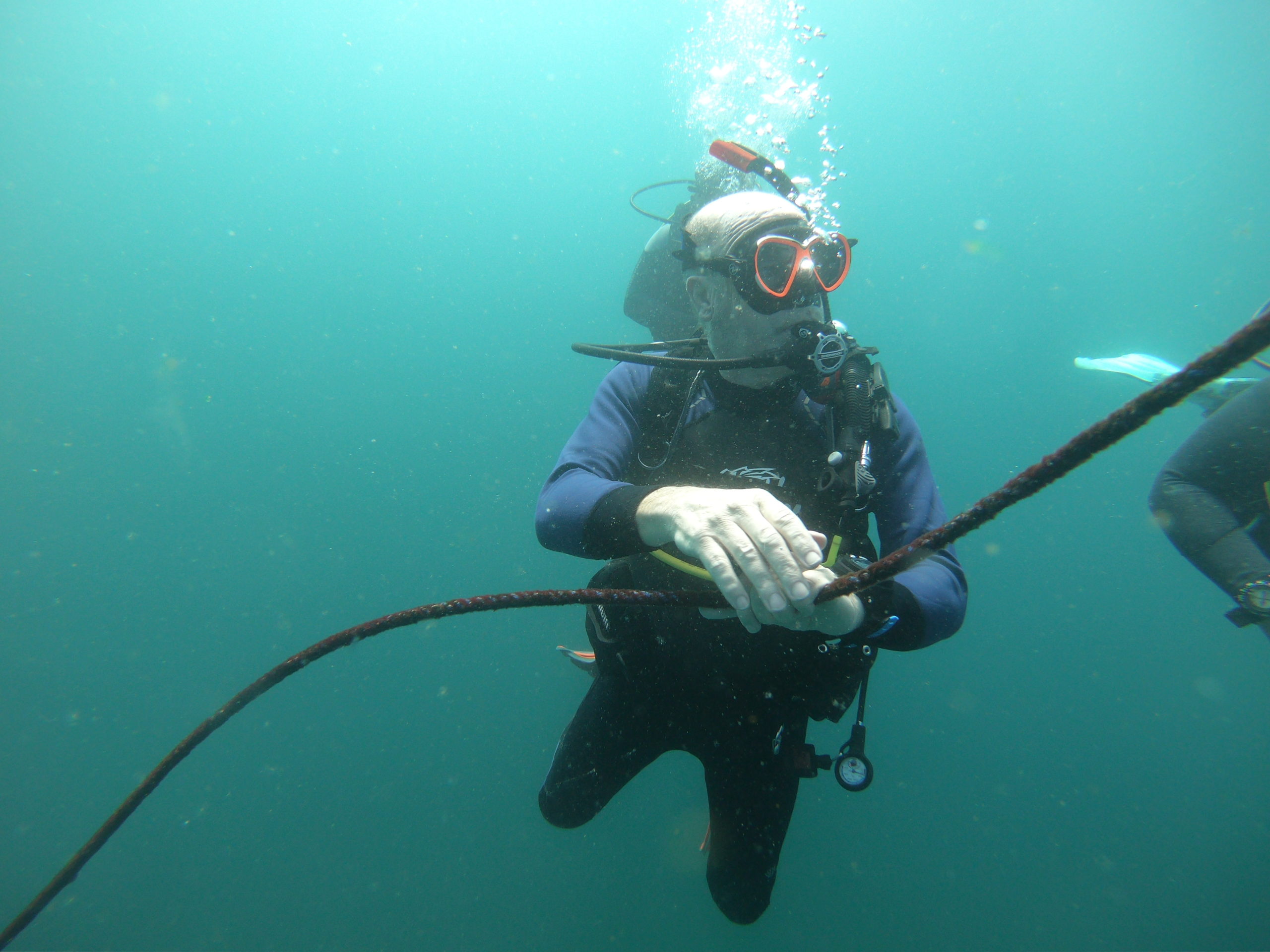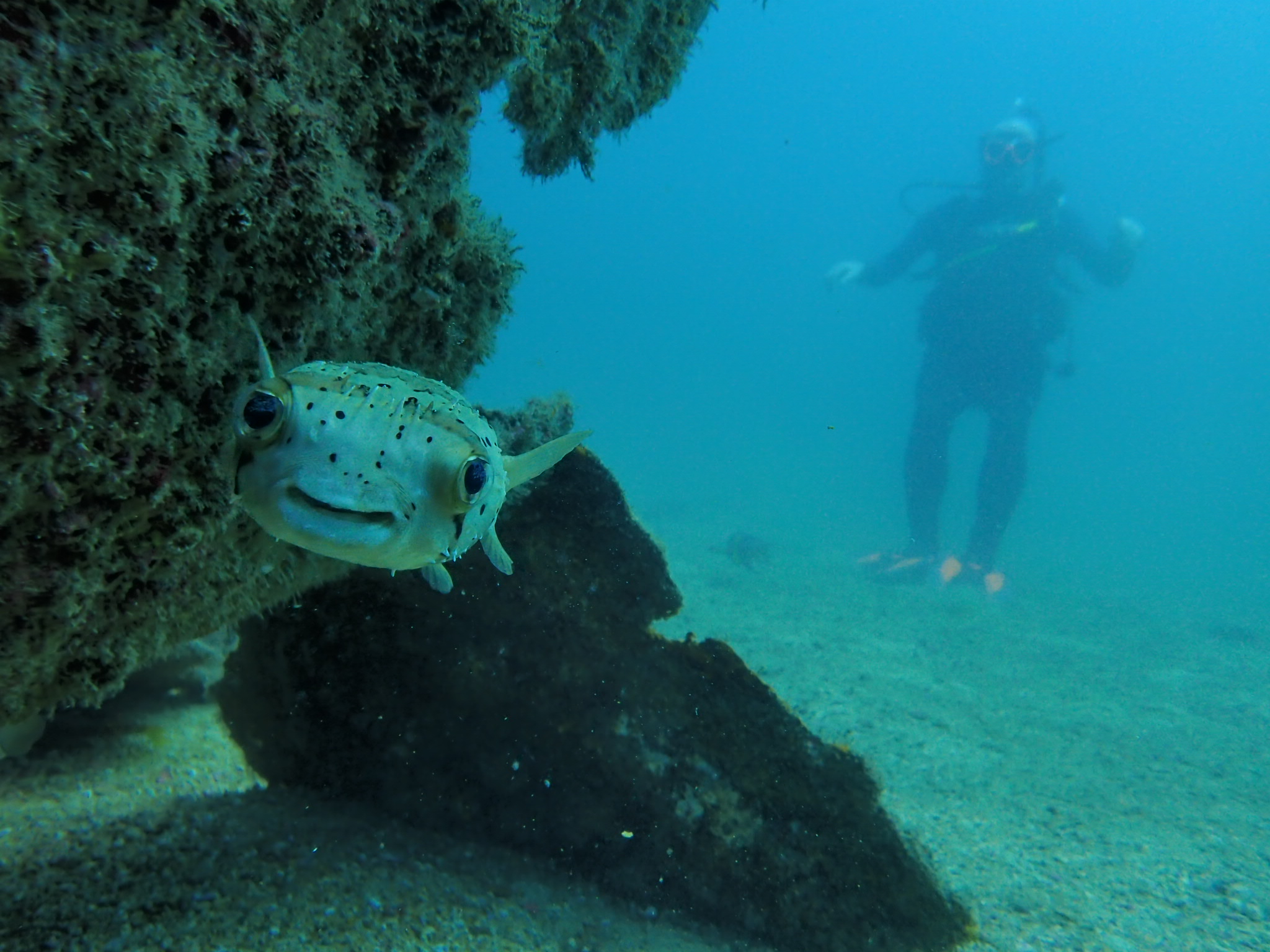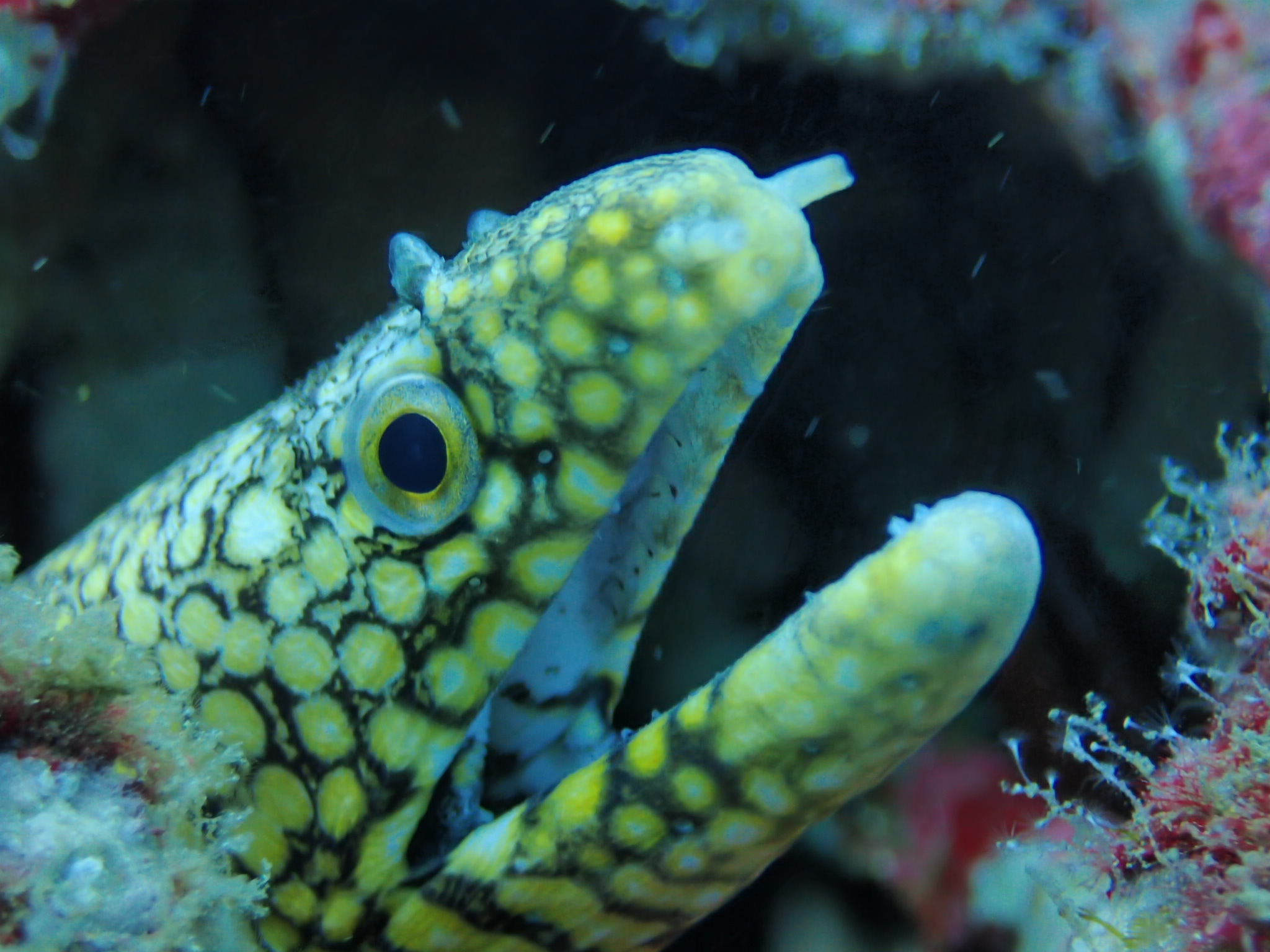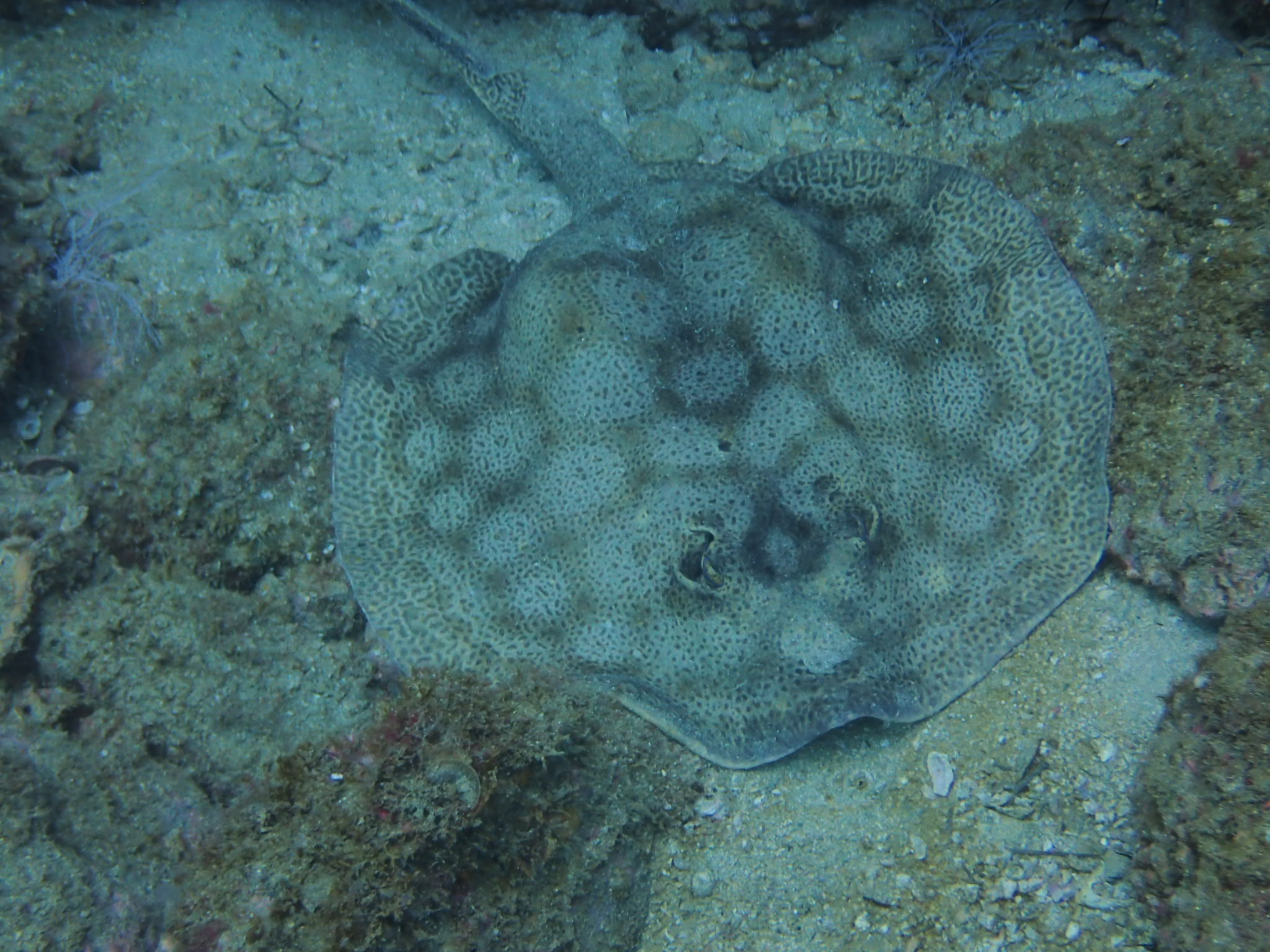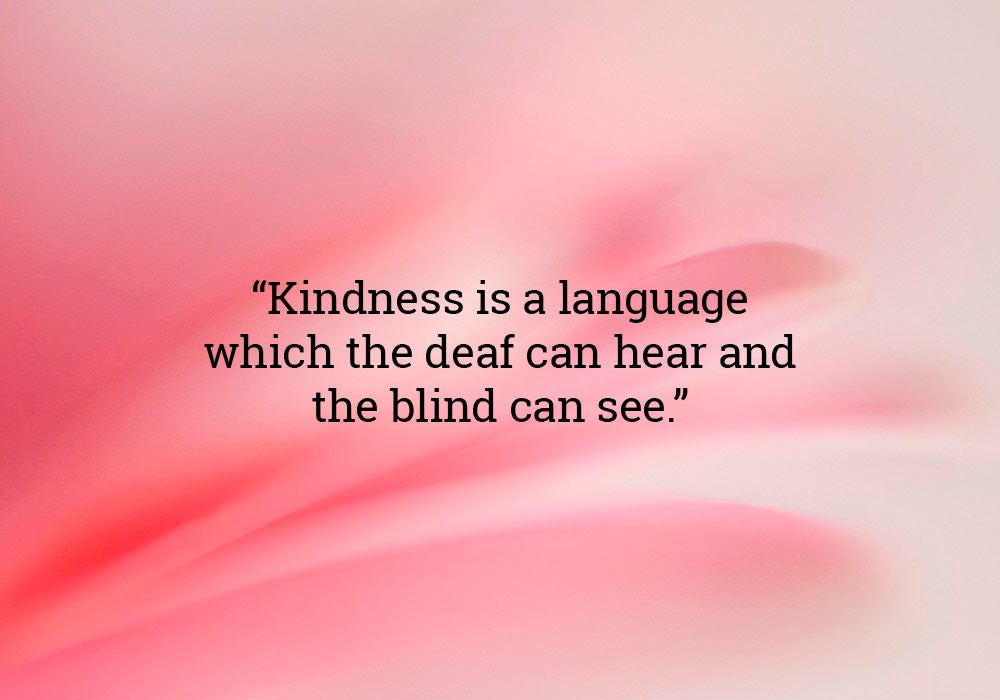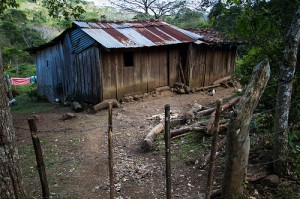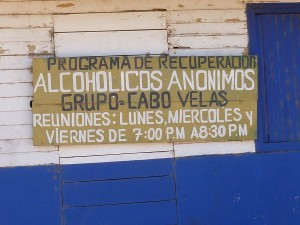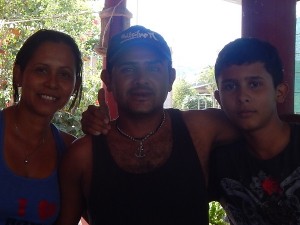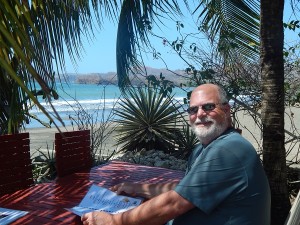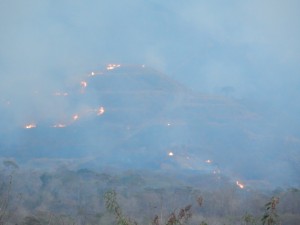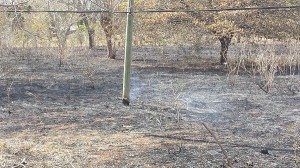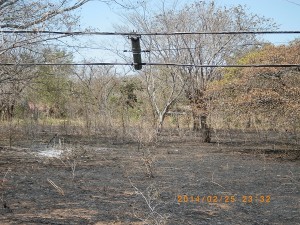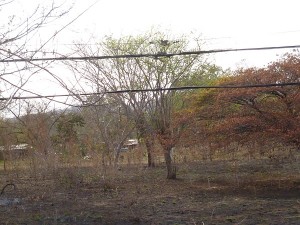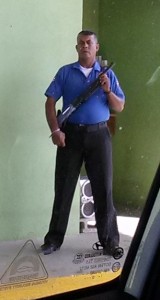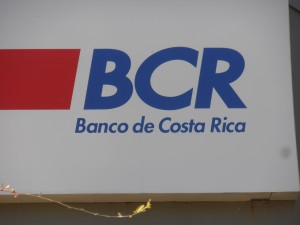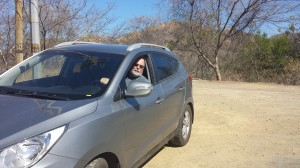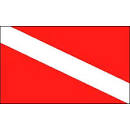
I spent part of my time here in Costa Rica SCUBA diving. When I started talking about getting certified to SCUBA dive, my wife was less than enthused. She said something to the effect of, “Are you nuts? You’re going to be 70 years old in a couple of years.” I said, “I hate to break the news, but I’m going to be 70 years old in a couple of years whether I SCUBA dive or not !” I was extremely careful about seeing our family doctor and every medical specialist I routinely see to make sure they saw no issues. They proclaimed me a picture of health. I did not see my dentist (sorry, Hugh). All gave me the green light health-wise and saw no reason I couldn’t SCUBA dive. So…
I did the online classroom work and the initial pool classes/dives back Virginia in September. I did the required four open water dives in West Palm Beach, Florida at the Blue Heron Bridge to complete my PADI Open Water Diver Certification under the watchful eyes of Donna and Dick Barret, certified instructors, and received my PADI Open Water card. But since I was coming to Costa Rica anyway to escape the colder north, I decided to bring my dive gear along and made arrangements to complete the Advanaced Open Water dives here in the warmer waters of the Pacific. As before, I did the classroom requirements online, provided the statements from my doctors, and off we went into the Pacific Ocean with Rich Coast Diving in Playas del Coco under the watchful eye of Samantha Waters, instructor extraordinaire. I learned so much from Donna, Dick and Samantha and will be forever grateful for their guidance and patience.
The Advanced Open Water consists of five required dives which I explained in a previous post (Underwater Navigation, Deep Dive–100 feet), and three electives. I’ve always been a water rat and SCUBA was an itch I had to scratch before I reached the point in life where I had to dive using a walker !!!
I took a few pictures during one of the elective dives (Underwater Digital Photography) and I have much yet to learn about taking good pictures underwater. Totally different circumstances for good shots underwater than on dry land. My dive buddy, George Kieffer, and my instructor (Samantha) also took some photos with my camera. So, make no mistake, the good shots were taken by them !
Here’s a few pictures to give you a taste of my dives. Surprisingly, because it was very windy, the visibility was only about 15-20 feet. Also, the area we were diving in is volcanic so much of the background is volcanic black rock instead of colorful coral reefs. Nonetheless, I learned a lot, met new people from around the world (England, Germany, and Los Angeles–that’s a different country, right?) and had a ball.
I will be diving again in the Bahamas in April and will spend nine days in Cozumel in May with two dives a day from the boat and unlimited shore dives (i.e., waddle into the water like a penguin from shore).
Enjoy the pics … going from left to right, that’s me, me ascending from the depths, a puffer fish with me way in the background, a less than friendly eel that wasn’t too happy to see us, sea urchins, and a round ray lying in wait.

